The Best AI Hashtag Tracker and Other Hashtag Tracking Tools [2025]
Table of contents
In the past 30 days, Nike’s hashtag #JustDoIt was used over 41,000 times only on social media (!). How do I know this? I used AI hashtag tracker! Twitter, Instagram, TikTok, and Facebook analytics will not give you such insight into the performance of your hashtag. That’s why you need an external support! Let’s have a look at the best hashtag-tracking tools.
Hashtag tracker is a tool or software that monitors and analyzes the usage of specific hashtags across the Internet, especially social media. It is an indispensable tool in hashtag analytics. With the hashtag tracker, you can measure performance, reach and engagement, sentiment, and many other important metrics!
Hashtag analytics may come in handy on a couple of occasions:
- To measure the social media reach of your hashtag campaign and its mentions
- To measure social media engagement around your hashtag
- To discover social media sentiment around a hashtag
- To track the social media reach of your brand hashtag
- To measure the results of a marketing campaign
- To spot top influencers that mention your hashtag
- To learn who and where shares your content
- To measure the performance of a hashtag marketing campaigns
- To spot trending hashtags and discover hashtag suggestions
Try Brand24 – one of the best hashtag analytics tools!
Not sure how to track your hashtag?
Here’s a short video that explains it:
In this blog post, I will show you the best tools for hashtag tracking, which can be helpful in your social media strategy.
10 hashtag tracking tools you should use:
01 Brand24
Brand24 is a social listening and media monitoring tool; the best solution to monitor and analyze hashtags in real-time across:
- Social media platforms like Instagram, Facebook, TikTok, X (Twitter), LinkedIn
- Blogs, forums, and review sites
- News and other sites
- Newsletters
- Podcasts
- And many others!
Brand24 is a fantastic tool; it tracks EVERY hashtag mentioned online.
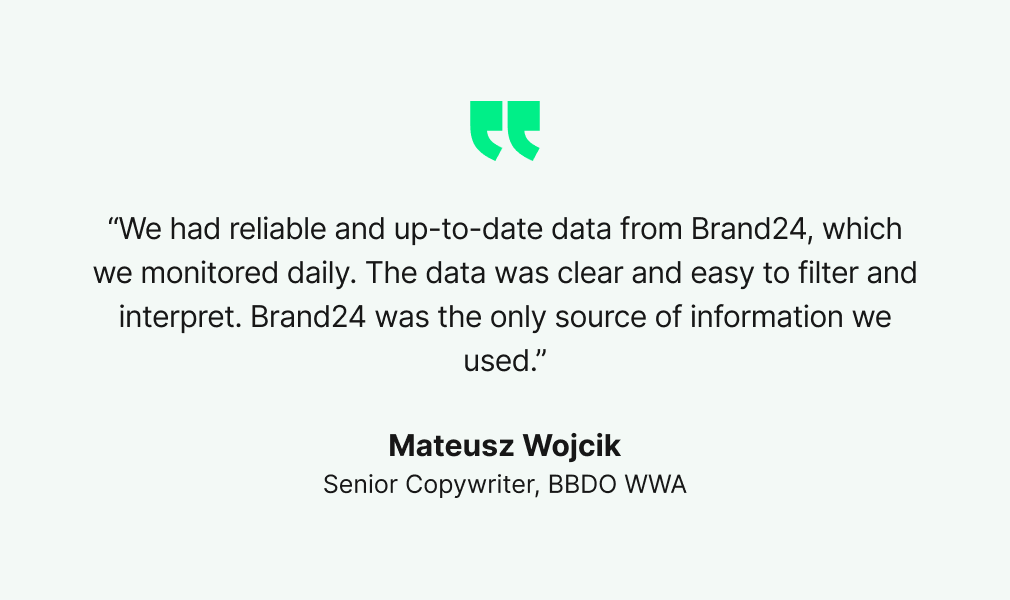
Discover our client’s success story — read the case study.
It shows you how the hashtag performs over time:
- The volume of hashtag mentions
- The reach of the hashtag mentions (both social media and non-social media reach)
- Sentiment analysis around the hashtag
- The most popular hashtag mentions

Moreover, Brand24 offers many advanced AI features, such as Anomaly Detector and Brand Assistant.
AI Anomaly Detector tells you why there has been an increase in the volume or reach of hashtag mentions.

AI Brand Assistant is like ChatGPT but EVEN SMARTER.
It has ChatGPT’s knowledge augmented by its own information obtained from media monitoring.
You can ask him anything you want. For example, what are the popular hashtags for beauty content:
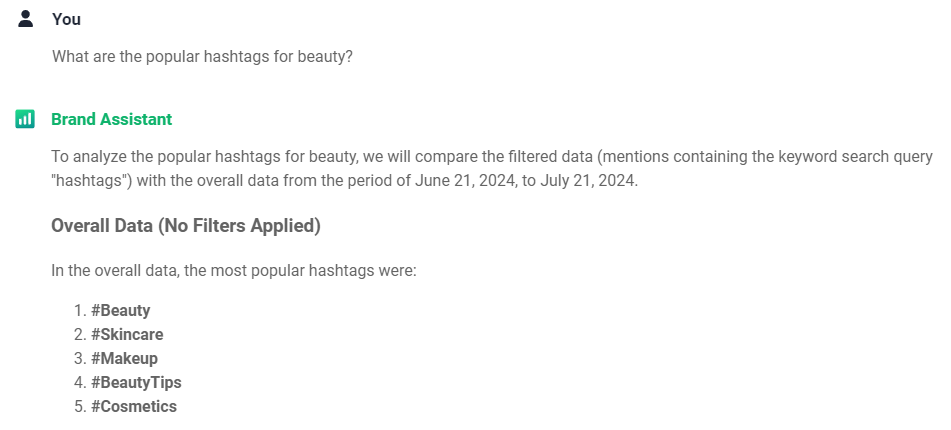
Read more: Check other Brand24’s AI Solutions
Discover the power of AI in Brand24 – the best hashtag-tracking tool!
There is also another way to discover trending hashtags. You need to:
- Set up a project and add keywords related to your business.
- Go to the Analysis tab
- Scroll down to the trending hashtags section
Brand24 will do all the work for you and show you the most popular hashtags:
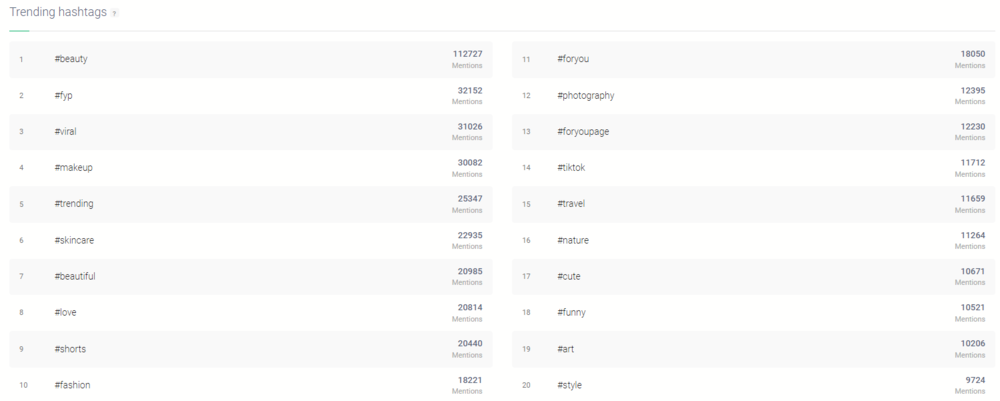
What’s more, Brand24 identifies the most influential social media users and websites that use your hashtag.
Let’s try to find some new influencers for Nike looking by #JustDoIt:
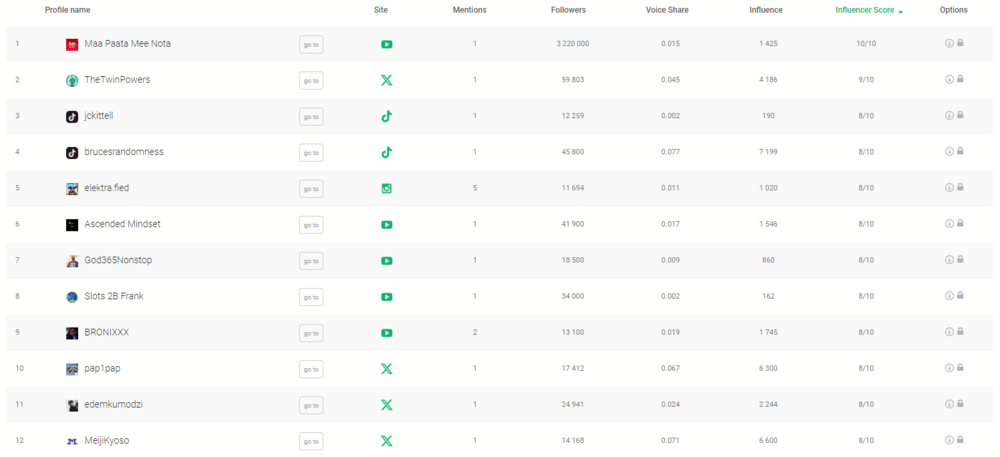
Hello, Nike, can you hear me? Check out these users; they can have the potential for good collaboration!
Thanks to the Comparison feature, you can compare hashtags and their performance.
So let’s compare Nike’s branded hashtag #JustDoIt with New Balance’s new #WeGotNow campaign:

Nothing surprising, #JustDoIt has a much better performance.
As you can see, using Brand24 saves tons of time. In Brand24, you have all the analytics of hashtags in one place!
You don’t have to visit your Twitter account, Instagram account, and other thousands of accounts separately and manually look for a specific hashtag or mentions.
Key features:
- Real-time hashtag and brand monitoring
- Hashtag analysis
- AI-powered features (such as Brand Assistant, Anomaly Detector, Sentiment Analysis, Metrics Analysis, Topic Analysis)
- Hashtag engagement metrics
- Hashtag comparison
- Key influencers identification
- Notifications, storm alerts, and customizable reports
Do you want to monitor multiple hashtags from different platforms? Try Brand24!
02 RiteTag
Another tool for monitoring hashtag performance is RiteTag, part of RiteKit. It’s a great tool to check the particular hashtag on X (Twitter) and Instagram. It’s a pity that only these two platforms.
RiteTag provides plenty of data, especially Twitter hashtag analytics. It shows:
- How many tweets and retweets per hour contain the particular hashtag
- How many people per hour have seen tweets and retweets containing the hashtag
It also suggests hashtags that increase discoverability and exposure. It tells you which one to use to get seen now and over time.
A free version of RiteTag is available. Unfortunately, it has a limited range of features.
Even a paid version may not be enough, but it will meet your needs if you just want to check any Twitter or Instagram hashtag.
I recommend this tool for the Twitter hashtag campaign.
Key features:
- Historical hashtag data (30-days analytics)
- Top tweets posted
- Related hashtags
- Hashtag generator for Instagram
- Hashtag comparison
- Hashtag suggestions and sets
- Actionable reports
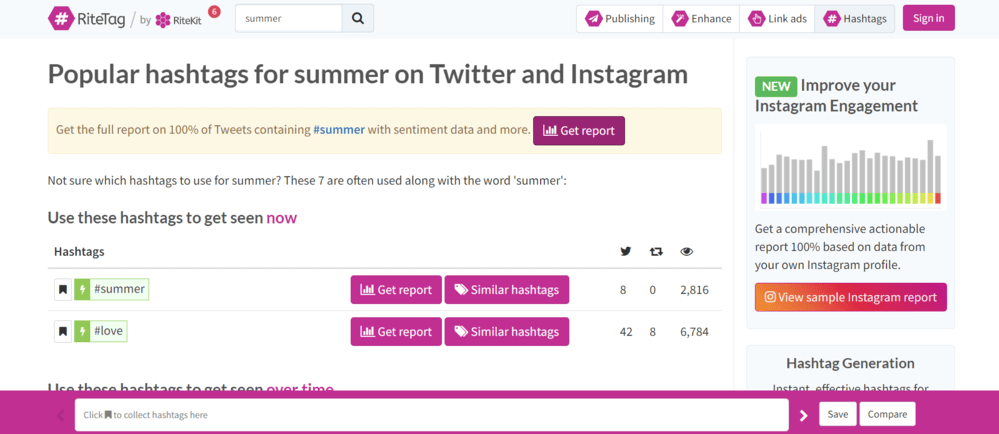
03 Keyhole
Keyhole is a social media tool that allows users to track hashtags on Instagram, Facebook, Twitter, TikTok, YouTube, and LinkedIn.
It tells you how many times a hashtag has been used in posts and how many users have done so. Other metrics provided are hashtag engagement and reach.
Also, Keyhole has account-level analytics. It analyzes a given account’s hashtag performance, an excellent way to determine whether relevant hashtags work.
You can also look for trending hashtags to boost your content engagement.
Drawbacks? The price of this tool for hashtag tracking is relatively high.
Key features:
- Hashtag and keyword tracking
- Advanced hashtag analytics
- Hashtag cloud
- Social media analytics
- Customizable PDF reports
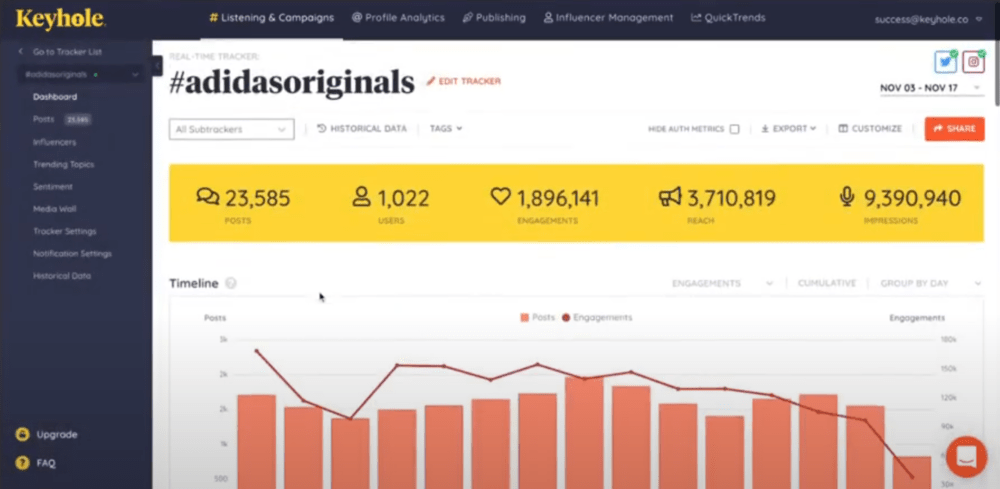
Use the best tool to track hashtags!
04 Awario
Another hashtag monitoring tool can be found in Awario, a web and social media monitoring tool. Similarly to other tools, it has plenty of features that analyze online buzz around a hashtag.
With their hashtag tracking tool, you can:
- Find the right hashtag based on social media popularity and engagement
- Monitor relevant hashtags and your branded hashtags on Twitter, YouTube, Reddit, Instagram, and Facebook in real-time
- Get analytics of your hashtag campaigns
Apart from hashtag analytics, Awario shows profiles that use your hashtags in their social posts. It helps in finding influencers and brand ambassadors.
Check also: How to Find X (Twitter) Influencers in 3 Steps + Benchmarks
Awario assures that it delivers historical data, but many users do not have access to it.
Key features:
- Real-time hashtag monitoring
- Sentiment analysis of hashtags and hashtag campaigns
- Reports with collected data

05 TrackMyHashtag
TrackMyHashtag is designed for X (Twitter). It can track and analyze any profiles, hashtags, or keywords.
It is ideal for Twitter campaigns. It analyzes them on various levels:
- Engagement
- Social media reach
- Daily and weekly patterns of tweeting
- Language
- Location
- Top related hashtags
- And much more!
Interestingly, this Twitter monitoring tool collects real-time and historical hashtag data starting from 2006 (!).
It’s pretty rare for hashtag analytics tools to have access to data that far back in time. Unfortunately, you have to pay extra for that.
Key features:
- Twitter monitoring
- Twitter hashtag analytics
- All the tweets posted with the hashtag
- Twitter chats with the hashtag
- Twitter impressions
- Real-time and historical hashtag data
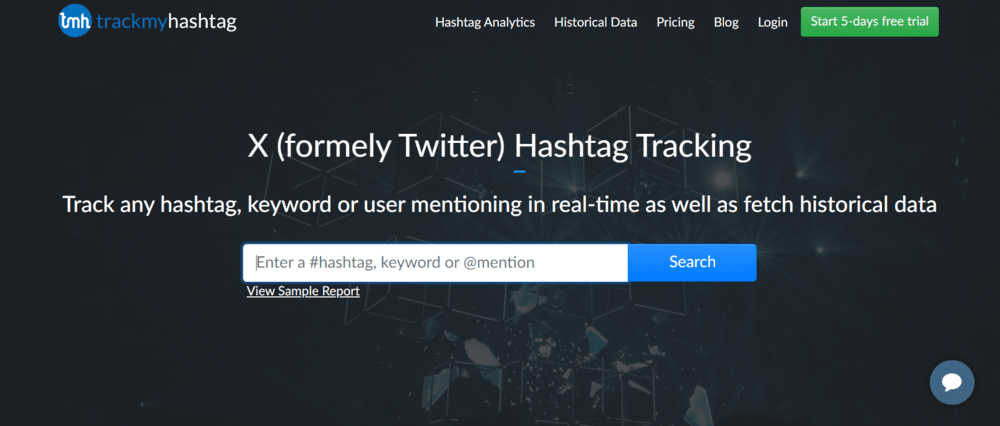
Do you need a hashtag tracking tool? Try it right now!
06 X Pro (formerly TweetDeck)
Following Twitter’s rebranding to X, we also have X Pro instead of TweetDeck. Previously, it was free; now, it is paid.
It is an all-in-one Twitter (X) tool, not only a hashtag-tracking tool.
The tool is a huge dashboard with customizable columns. You can set it up according to your preferences!
To follow any hashtag, you add a new column by entering it in the search bar. As a result, it shows you all the tweets with a given hashtag.
It’s worth using X Pro if you’re particular about your brand monitoring only on Twitter.
But honestly, this tool is not as strong in analytics as other tools like Brand24.
Key features:
- Real-time hashtag tracking
- Twitter hashtag impressions
- Customizable online dashboard
- Geolocation insights

07 Talkwalker
The next tool in this overview is Talkwalker, a well-known social listening tool. It tracks hashtags across 30 social networks, over 150 million websites, blogs, and more.
Talkwalker provides the volume of mentions, engagement, reach, and other metrics.
It also identifies the top profiles that use the hashtags you track.
This tool does not provide pricing on its website, so we can guess it is expensive. This is intentional in order not to discourage you from purchasing.
Key features:
- Hashtag and campaign tracking
- Competitor analysis
- Top themes & new hashtags
- Wide range of data sources
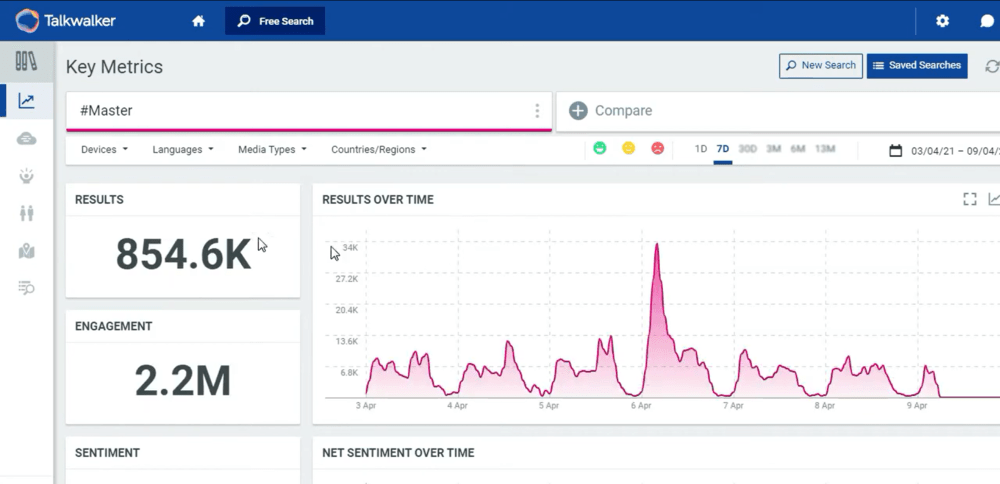
Track hashtag usage on social media and other channels!
08 All Hashtag
All Hashtag is a completely free hashtag tracking tool. With this tool, you can generate, create, and analyze hashtags for your social posts.
There may be better tools for hashtag analytics; All Hashtag does not provide advanced hashtag metrics.
However, it is more helpful when you don’t know what hashtags to use.
You can generate thousands of them and copy and paste them into your relevant content.
The tool is very easy to use! All you need to do is enter your hashtag into the search bar, press the button, and there you have it.
Key features:
- Hashtag generator and creator
- Top hashtags
- Hashtag counter
- Comparison to the best-trending hashtags

09 Sprout Social
Sprout Social is another social media management software that allows you to track hashtags.
In addition to social media managing features, Sprout Social provides advanced hashtag tracking features.
With Sprout Social, you can quickly discover which hashtags your audience is already following. Thanks to it, you know what you should use to increase your reach!
Of course, you can also track your own hashtags and observe how they perform.
Key features:
- All social media hashtag tracking
- Hashtag analysis
- Tag Report

Discover the most relevant hashtags for your marketing strategy!
10 StarNgage
StarNgage is an influencer marketing platform that offers free hashtag tracking and search tool.
It provides basic metrics:
- Total posts where the hashtag was used
- Total likes and comments of posts where the hashtag was used
What else can you do with this tool?
You can find top influencers and brands using the selected hashtag.
Moreover, StarNgage gives you a list of relevant Instagram hashtag ideas.
It is worth pointing out that this tool is just for Instagram (!).
Key features:
- Real-time data
- Multiple Instagram hashtag tracking
- Top influencers, brands, and posts
- Related hashtags
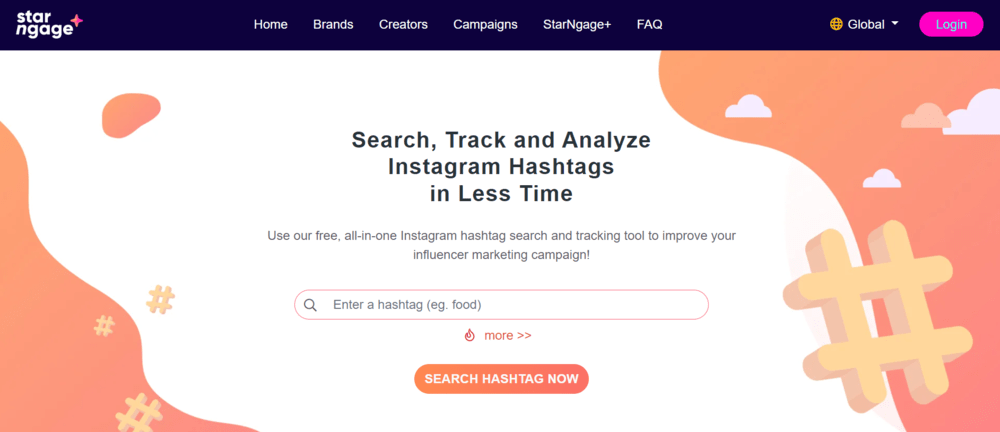
Why is hashtag tracking important?
Hashtags are helpful; they categorize content, increase visibility, and foster community engagement.
Many influencers create dedicated, unique hashtags to engage the audience, and brands also have their own branded hashtags.
Regardless of the type, you have to track hashtags!
Here are the reasons why it is worth paying attention to hashtags and tracking them:
- Important aspect of event marketing: A dedicated event hashtag lets you identify and engage people in real-time. This way, you can find participants, initiate networking, gather feedback, and check the popularity of your event online.
- Discovering what people say: Hashtags generally are not used alone. People use them together with some text. Tracking them with hashtag analytics provides insight into what people say about your brand, product, or event. Monitoring specific hashtags is a great source of insights.
- Measuring brand awareness: If your company uses a branded hashtag, you can monitor its performance on social media, such as how many people mention your content, where it appears most frequently, and its social media reach. Combining all of these will give you an idea of how your company and brand are perceived online.
- Measuring marketing campaign effectiveness: Your own hashtag will support your marketing campaigns. Then, you can easily measure its social media impact by looking at the number of mentions, reach, and engagement.
- Identifying trends and popular topics: Tracking hashtags allows you to spot trends and popular topics in your industry or niche, helping you stay ahead of the competition.
- Identifying potential brand advocates and influencers: You can find your potential brand ambassadors by looking at the most active and influential authors. These key influencers can recommend your product to their audience. Influencer collaborations are significant, especially on platforms such as Instagram and TikTok.
How to find trending hashtags?
Using inappropriate and unpopular hashtags will not give you a broad social media reach.
Including top trending hashtags in your posts should be a part of your social media strategy.
How to find a perfect trending hashtag? There are two ways:
- The hard way is to visit social media platforms and manually check trends created by users.
- The easy way is to use a hashtag tool that analyzes current trends, shows hashtag popularity, and presents the data pleasantly.

Set up the project in Brand24 and discover trending hashtags!
How to choose a hashtag-tracking tool?
With the tools presented in this article, you can track hashtags that matter to your business.
There are many hashtag trackers on the market. So how to decide which tool is the one and only for you?
Here’s a short step-by-step guide to help you make a good decision:
Step 1: Determine the main purpose of using the tool
Of course, the core feature of any hashtag tracker is the same – monitoring and analyzing the performance of specific hashtags. But try to determine what you care about most and what you will use it for most often. Also, select which platforms you want to monitor – one particular, all social media, or maybe the entire Internet.
Step 2: Evaluate key features
Check what features the tool offers. Choose one that provides exactly what you want. You can check case studies of a company from your industry (they are presented on the tool’s website). Thanks to it, you will better understand the features and how they can be applied.
Step 3: Analyze pricing
Some tools are free; some are paid. Price matters. Paid ones have more advanced features that will let you conduct in-depth hashtag analysis. Take a look at the tool’s pricing to see if you can afford it. If it turns out to be too expensive, you can always choose a cheaper alternative.
Step 4: Check the reviews
Reviews are worth checking. Check them on marketplaces like G2 or Capterra. You can trust the opinions expressed there; they are verified and come from real users. Try to find the opinions of people who work on the same position as you or use the tool for the same purpose. Their opinions will be the most relevant and helpful.
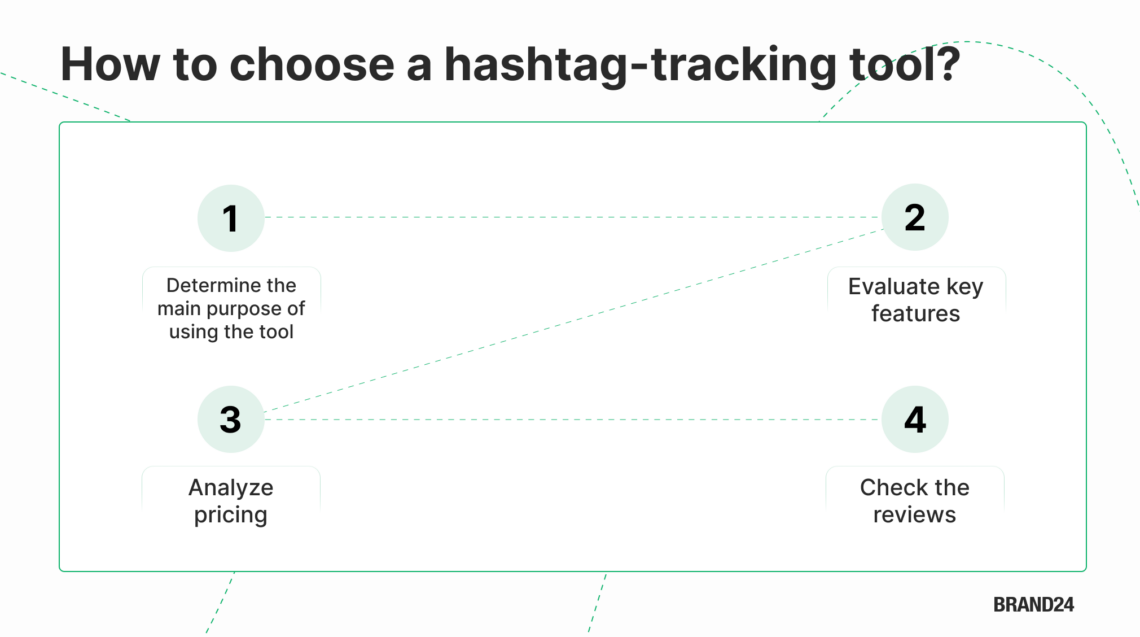
If you stick to these four steps, you will make the best decision.
Remember that you can often test the hashtag tracker for free before you pay!
Try Brand24 during a 14-day free trial!
Conclusion
Hashtag analytics on Twitter, Instagram, TikTok, Facebook, LinkedIn, or other platforms do not provide advanced features.
That’s why you should use hashtag trackers!
They are necessary in marketing (especially social media marketing), knowing that hashtags still make sense!
Final thoughts:
- Hashtag tracking tools can be divided into those that track hashtags:
- Only within specific sources or even one source:
- TrackMyHashtag – X (Twitter)
- X Pro – X (Twitter)
- StarNgage – Instagram
- RiteTag – X (Twitter) and Instagram
- Keyhole – social media platforms
- All Hashtag – social media platforms
- Sprout Social – social media platforms
- Across the whole Internet:
- Brand24
- Awario
- Talkwalker
- Only within specific sources or even one source:
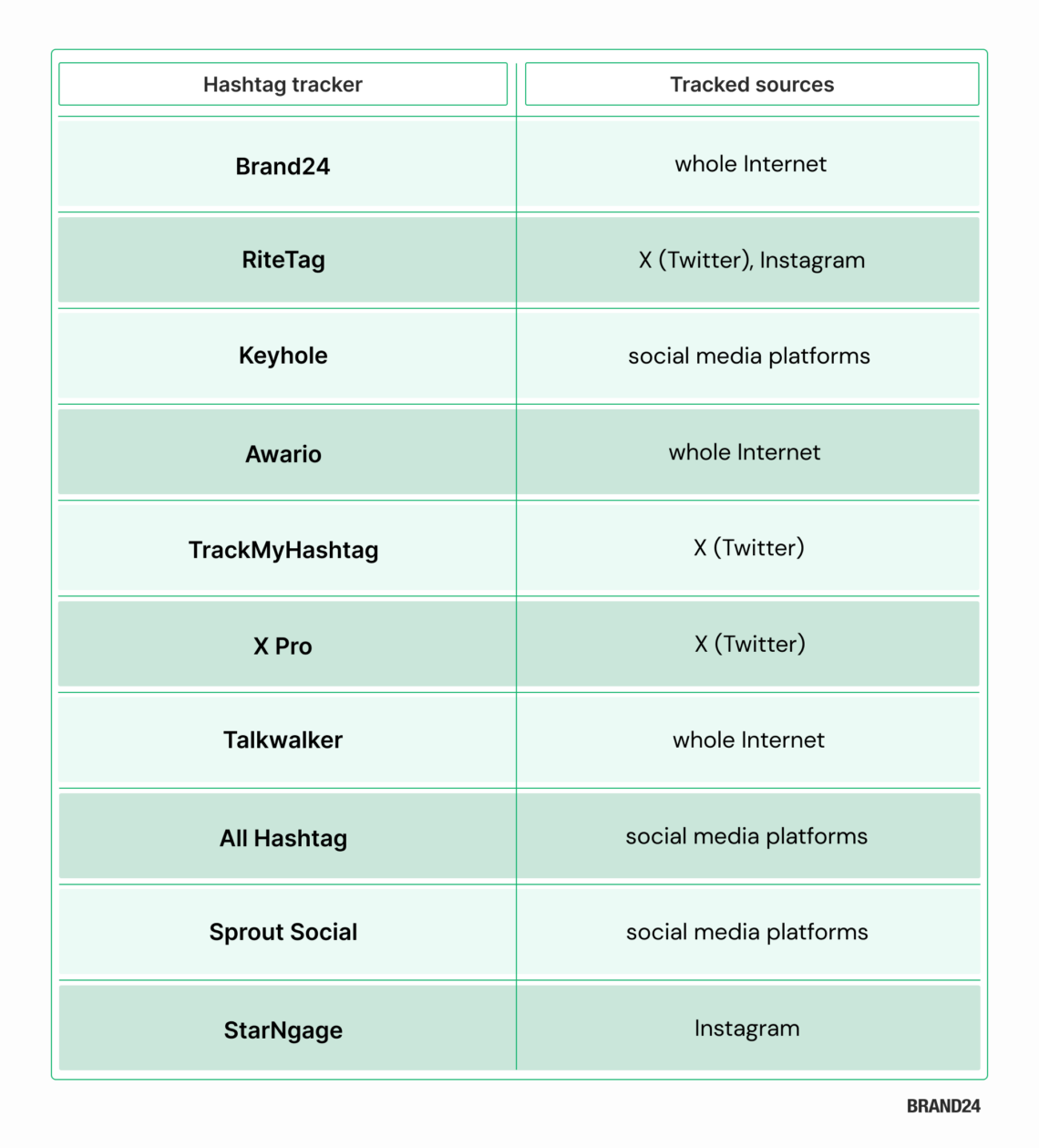
- There are not many free tools for tracking hashtags. The only free hashtag tracking tools are All Hashtag and StarNgage. RiteTag is also free but has limited features.
- Brand24 is undoubtedly the best hashtag tracker. Its AI features give you the greatest possibilities.
Do you want to monitor your social media campaign, Instagram and Twitter hashtags, and more?
Try Brand24 – the most powerful tool for hashtag analysis!
Related articles
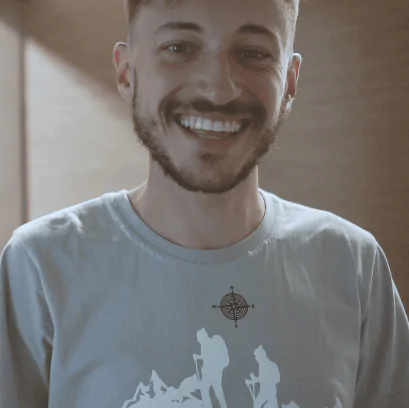
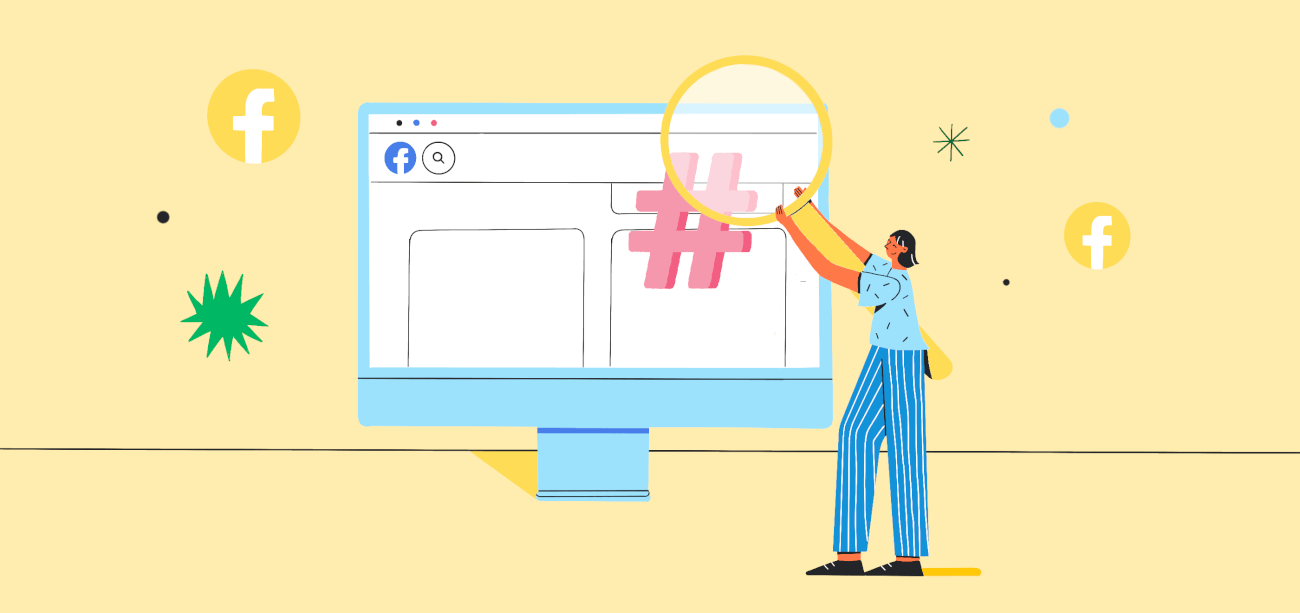
![How to Find Trending Hashtags on Facebook in 2025? [+List]](https://brand24.com/blog/app/uploads/2022/02/How-to-Find-Trending-Hashtags-on-Facebook-in-2022.png)

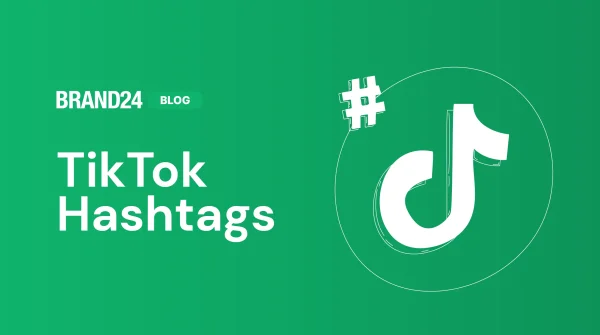
![10 Easy Steps to TikTok Hashtag Analytics [2025]](https://brand24.com/blog/app/uploads/2024/02/hashtag_tiktok_digital_marketing_blog_cover_615x345_czekadelko2_11-600x335.png)
![8 Easy Steps to Instagram Hashtag Analytics [2025]](https://brand24.com/blog/app/uploads/2019/08/13_1500x600-2-2.png)
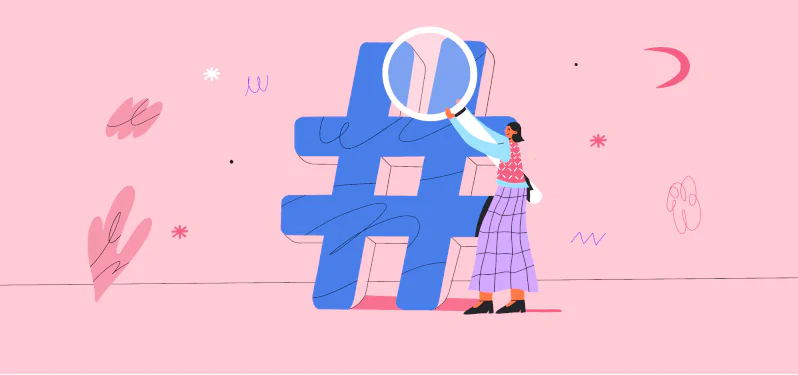
![How to Find Trending Hashtags on X (Twitter) in 2025? [+List]](https://brand24.com/blog/app/uploads/2022/10/How-to-find-trending-hashtags-on-Twitter.png)